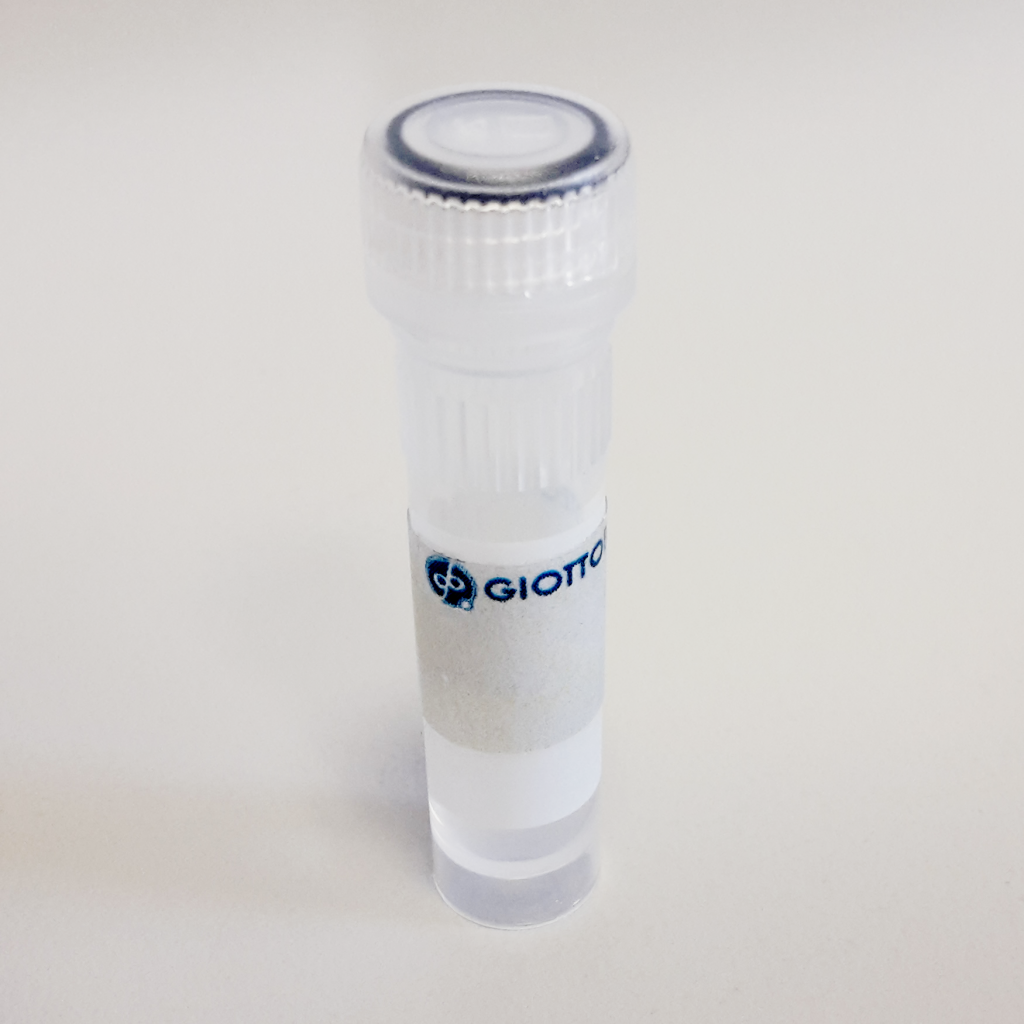Additional information
| Qty | 10 μg, 5 x 10 μg, 100 μg |
|---|---|
| Shipping in Dry Ice | yes |

210,00€ – 680,00€
Human, recombinant
Residues 101-256, UniProtKB accession Q99542
MW = 17.6 kDa
EC # 3.4.24.-
CAT # G04MP19C
| Catalog n. | Qty | Price |
|---|---|---|
| 210,00€ | ||
| 420,00€ | ||
| 680,00€ | ||
| VAT not included | ||
For any special request or bulk quantities Click Here
| Qty | 10 μg, 5 x 10 μg, 100 μg |
|---|---|
| Shipping in Dry Ice | yes |
110 120 130 140
M- LGRWRKKHLT FRILNLPSTL PPHTARAALR QAFQDWSNVA
150 160 170 180 190
PLTFQEVQAG AADIRLSFHG RQSSYCSNTF DGPGRVLAHA DIPELGSVHF
200 210 220 230 240
DEDEFWTEGT YRGVNLRIIA AHEVGHALGL GHSRYSQALM APVYEGYRPH
250
FKLHPDDVAG IQALYG
Specific activity
> 1.5 U/μg. Activity described as U=100 pmol/min at 25°C using a colorimetric assay with thiopeptide Ac-Pro-Leu-Gly-[2- mercapto-4-methyl-pentanoyl]-Leu-Gly-OC2H5 (Biomol) as substrate.
Storage
-80°C. After initial defrost, aliquot the product into individual tubes and refreeze at -80°C.
Avoid repeated freeze/thaw cycles.
Usage
Enzyme kinetic studies, cleavage of target substrates and screening of inhibitors.
RELATED RESEARCH FIELDS
By continuing to use the site, you agree to the use of cookies. more information
The cookie settings on this website are set to "allow cookies" to give you the best browsing experience possible. If you continue to use this website without changing your cookie settings or you click "Accept" below then you are consenting to this.